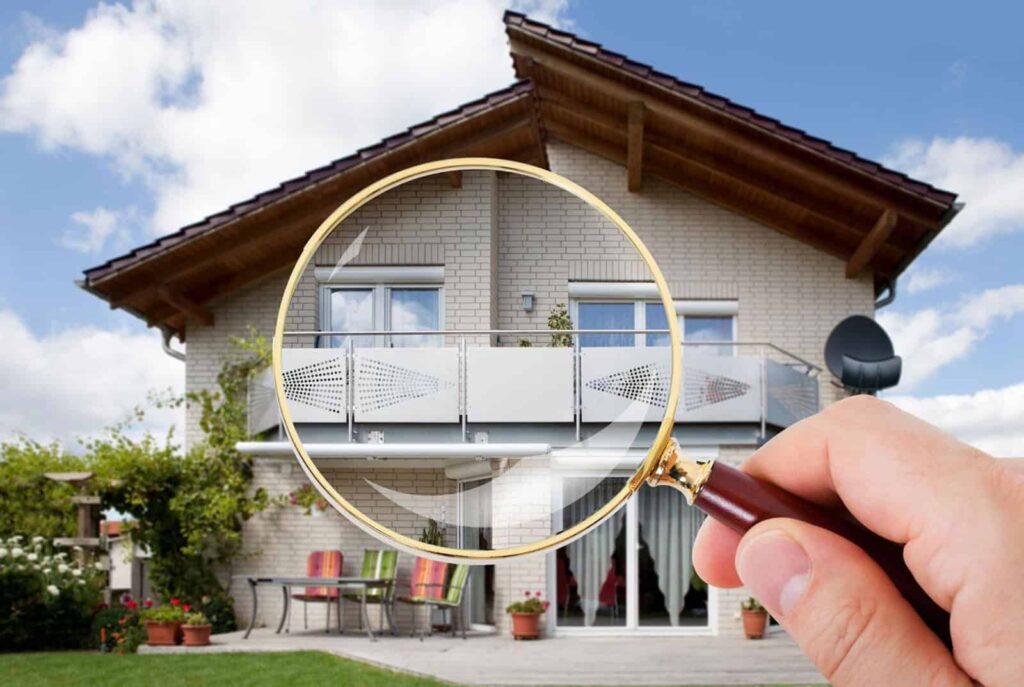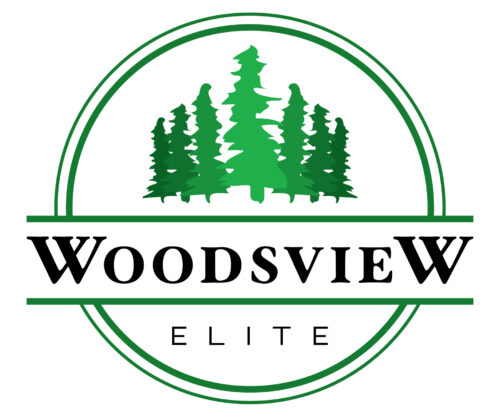5 Red Flags to Watch Out for When Moving Into a Rental Property

Hello, everyone! Tyler Vass here and moving into a new rental can be an exciting adventure, but it’s essential to approach the process cautiously. While a potential home might look perfect on the surface, several red flags can indicate underlying issues. Being aware of these can save you from future headaches and expenses. Here are five red flags to watch out for when looking to move into a rental:
1. Unclear or Unfavourable Lease Terms
The lease agreement is the foundation of your rental experience. Vague, inconsistent, or heavily landlord-favored terms can lead to significant issues. Here’s what to watch out for:
Vague Language
- Ensure the lease is clear and easy to understand. Avoid legal jargon and undefined terms like “normal wear and tear.”
Excessive Penalties for Breaking the Lease
- Look for reasonable penalties for early termination. Beware of high fees and strict no-subletting policies.
Unclear Maintenance Responsibilities
- The lease should clearly outline who handles maintenance. Typically, landlords handle structural repairs, while tenants handle minor upkeep.
Unusual Fees
- Watch for hidden charges like administrative fees, service fees, or renewal fees that can inflate costs unexpectedly.
Inconsistent Terms
- Ensure all parts of the lease are aligned. Inconsistencies, such as conflicting pet policies, need clarification.
Security Deposit Clauses
- Check for clear terms on the deposit amount, conditions for return, and the timeline for getting it back.
Rent Increases
- Understand the rules around rent increases, including notice periods, frequency, and any caps on the amount.
Carefully reviewing these aspects ensures a fair lease and a positive rental experience. Seek clarification or legal advice if needed.
2. Poor Communication and Responsiveness from the Landlord
Effective communication with your landlord is crucial for a positive rental experience. If your prospective landlord is unresponsive or difficult to communicate with from the start, it can lead to future problems. Here’s why good communication matters and what to watch for:
Indicator of Future Behaviour
- First Impressions Matter: Slow responses and missed appointments are red flags indicating future unresponsiveness.
- Urgent Assistance: A hard-to-reach landlord now will likely be unresponsive during emergencies.
Maintenance and Repairs
- Timely Repairs: Prompt communication ensures maintenance issues are quickly resolved, avoiding prolonged discomfort and property damage.
- Follow-Up: Good landlords ensure issues are fully resolved, while poor communicators may neglect follow-up.
Conflict Resolution
- Addressing Concerns: Effective communication is vital for resolving conflicts like noise complaints or lease misunderstandings.
- Documenting Issues: Clear communication helps document problems and responses, aiding in dispute resolution.
Lease Clarity and Updates
- Understanding the Lease: A communicative landlord helps clarify lease terms and informs you of any changes.
- Renewal Process: Clear communication is crucial during the lease renewal process, giving you ample time to plan.
General Responsiveness
- Routine Interactions: Routine matters like paying rent should be straightforward with a responsive landlord.
- Transparency: A good landlord keeps you informed about property issues and planned maintenance.
Building Trust
- Reliability: Consistent communication builds trust between tenants and landlords.
- Respect: Good communication shows respect for tenants, valuing their time and concerns.
Effective communication with your landlord ensures a smooth rental experience. If you notice poor communication early on, it’s a sign of potential issues ahead. Choose landlords who are responsive and professional to avoid future hassles.
3. Signs of Neglect or Poor Maintenance
During your walkthrough, look for these key indicators of neglect or poor maintenance:
Exterior Condition
- Peeling Paint and Cracked Walls: Signs of neglect and potential water damage.
- Damaged Roof or Gutters: Leaks from missing shingles or clogged gutters.
- Overgrown Landscaping: Indicates a lack of routine care.
Interior Condition
- Broken Fixtures: Non-functional lights, handles, or cabinets.
- Plumbing Issues: Leaks, slow drains, or stained ceilings.
- Electrical Problems: Exposed wires or non-functional outlets.
General Cleanliness
- Dirty or Stained Carpets: Indicates poor hygiene.
- Mold and Mildew: Health risks, especially in bathrooms and kitchens.
- Pest Infestations: Look for droppings or signs of pests.
Structural Issues
- Cracks in Walls and Ceilings: Potential structural problems.
- Uneven Floors: Foundational issues or water damage.
- Dampness and Water Stains: Indicate leaks and mold risk.
Appliances and Utilities
- Old or Malfunctioning Appliances: Check their condition and age.
- Inconsistent Heating/Cooling: Ensure systems work well.
Windows and Doors
- Drafty or Stuck Windows: Poor maintenance and higher energy costs.
- Broken Locks or Latches: Security concerns.
Smoke Detectors and Safety Equipment
- Non-Functional Smoke Detectors: Essential for safety.
These signs indicate how well the property is maintained. Neglect can lead to ongoing issues and safety hazards. If you see multiple red flags, consider other rental options.
4. Unusually Low Rent Compared to Market Rates
While low rent might seem like a great deal, it can signal hidden risks. Here’s what to be cautious about:
Property Condition
- Hidden Damages: Issues like mold, pests, or outdated systems may be present.
- Maintenance Neglect: Low rent might mean the landlord skimping on regular upkeep.
Neighbourhood Issues
- High Crime Rates: The area might be unsafe, affecting your quality of life.
- Poor Infrastructure: The neighborhood may lack amenities and reliable public services.
Scams and Fraud
- Rental Scams: Verify the legitimacy to avoid being scammed.
- Bait-and-Switch: Low rent may be a ploy to lure you into a more expensive deal.
Legal and Financial Risks
- Illegal Units: Ensure the rental meets local housing codes.
- Hidden Costs: Look out for additional fees and unfavorable lease terms.
5. Market Comparison
- Comparative Analysis: Compare with similar properties to understand the local market.
- Rental Trends: Be aware of fair market prices to spot anomalies.
Landlord’s Financial Stability
- Financial Troubles: The landlord might be in distress, affecting property maintenance.
- Desperate Situations: Low rent could indicate issues with the property’s desirability.
Tenancy Terms and Conditions
- Unfavorable Lease Terms: Watch for terms that heavily favor the landlord.
- Poor Management: Low rent might mean slow responses and unclear communication.
Investigate low rent deals thoroughly to avoid hidden problems. Check property condition, neighbourhood safety, the legitimacy of the offer, and landlord reputation. Always compare with similar properties and understand the local market. If a deal seems too good to be true, it usually is.
5. Negative Reviews or Complaints
Before moving in, research online reviews and complaints about the property and landlord. Here’s why negative feedback matters and what to look for:
Indicator of Problems
- Maintenance Issues: Complaints about maintenance, pests, or disputes over deposits.
- Tenant Experience: Comments on living conditions and communication problems.
Patterns and Consistencies
- Repeated Issues: Look for consistent complaints across multiple reviews.
- Similar Complaints: Many tenants mentioning the same issues is a red flag.
Management Style
- Professionalism: Insights into how professionally the property is managed.
- Transparency: Lack of transparency or honesty may be evident.
Response from Landlord
- Issue Handling: Check if the landlord responds and resolves problems promptly.
Neighbourhood Insights
- Safety and Environment: Mention of neighborhood safety issues or concerns.
Overall Tenant Satisfaction
- Consistent Negative Feedback: Indicates potential problems with the property or landlord.
Negative reviews provide insights into potential issues. Watch for consistent red flags and consider them carefully before deciding.
Connect With Me!
I am here to make your real estate dreams come true! Stay tuned for more tips and insights on how to succeed in the real estate market in Stouffville and the Greater Toronto Area. For more updated @vass.sells content and valuable information, follow me on Instagram. Let’s connect and embark on this exciting real estate journey together!
